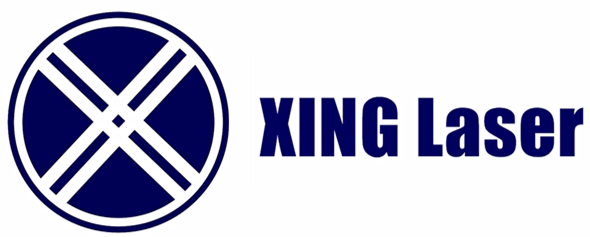Comparison of laser cleaning rates at different powers 1500W 2000W 3000W
- Because the paint on the test sample was applied manually, some parts had abnormal thickness due to convergence. During the test, the standard was to remove a large area of paint with similar thickness.
- Because of the operating error during the test, there were redundant scanning cycles. Therefore, when editing the video, 1-2 seconds will be edited according to the actual situation to reflect a more accurate rate comparison.
- Scanning range: 15cm x 12cm.
- As shown in the following table, the first row represents the scanning speed, the first column represents the set power, and the blue text represents the time used.
|
|
18000mm/s |
12000mm/s |
8000mm/s |
|
1500W |
64(s) |
56(s) |
50(s) |
|
2000W |
42(s) |
38(s) |
34(s) |
|
3000W |
27(s) |
26(s) |
26(s) |
- At 3000W, the time spent at three different scanning speeds is similar. This is because the laser power is very large, and the energy accumulation within the existing scanning speed can reach the threshold of paint burning and volatilization. Therefore, we usually use a faster scanning speed, which will reduce the burning of the substrate by the laser.
- Rust removal is much easier than paint removal. According to our tests, the speed of rust removal is several times or even dozens of times that of paint removal, so it will not be demonstrated here.
The video below is a full comparison:
The videos below are for each set of parameters:
Laser Power: 1500W Scan Speed: 18000mm/s
Laser Power: 1500W Scan Speed: 12000mm/s
Laser Power: 1500W Scan Speed: 8000mm/s
Laser Power: 2000W Scan Speed: 18000mm/s
Laser Power: 2000W Scan Speed: 12000mm/s
Laser Power: 2000W Scan Speed: 8000mm/s
Laser Power: 3000W Scan Speed: 18000mm/s
Laser Power: 3000W Scan Speed: 12000mm/s
Laser Power: 3000W Scan Speed: 8000mm/s
